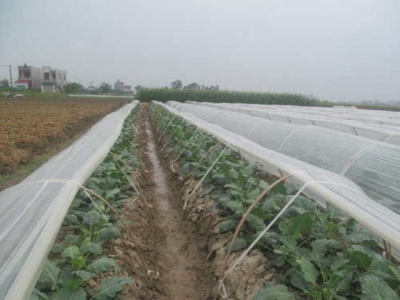Design a crop cover strategy

Agricultural practices that degrade the soil are responsible for a host of problems: erosion, nutrient runoff, waterlogging, acidification, compaction, crusting, salinisation, nutrient depletion, leaching, organic matter loss, toxic accumulation, and desertification.
To sustain or regenerate soil health, farmers must actively manage soil’s physical, chemical and biological components. This in turn will promote plant, animal and ultimately human health.
Designing a crop cover strategy is essential, says Barry Fisher, soil health specialist at the US department of agriculture in Indianapolis.
Barry encourages farmers to:
Keep the soil surface covered and not destroy ground cover every year or every second year by tilling. “Proper soil cover results in moderate soil temperature. In fact, during the hot months it cools the soil for longer periods,” notes Barry.
Use a diverse crop rotation programme, because the whole becomes more beneficial than the sum of the parts. “Diversity above the ground provides continuous living roots, which sustain soil life, increase diversity below the ground and feed the soil,” explains Barry.
Plan their rotation systems strategically. When choosing a cover crop, the farmer should understand what they are planting, how it’s growing and how it can complement their next crop.
Soil should have the ability to withstand the forces of water. Without the desired biological components, the soil contains insufficient aggregates to ‘glue’ the soil particles together. As a result, it will not retain water well; water will either run through it or off it, causing erosion.
Related news
 Hung Yen longan farmers see bumper crop at good prices
Hung Yen longan farmers see bumper crop at good prices Vietnam’s northern province of Hung Yen is famous for its longans, with a total growing area covering 4,300 hectares, of which 3,800 hectares are now being
 Agro-forestry-fishery exports generate US$22.2b in January-July period
Agro-forestry-fishery exports generate US$22.2b in January-July period The cumulative agro-forestry-fishery export revenue hit US$22.2 billion during the first seven months of this year, up by 7.8% year-on-year, with key exported
 Vietnam should apply new tech to agriculture: experts
Vietnam should apply new tech to agriculture: experts Vietnam should apply scientific and technological advances and develop a knowledge-based ecosystem that closely connects stakeholders in the agriculture sector